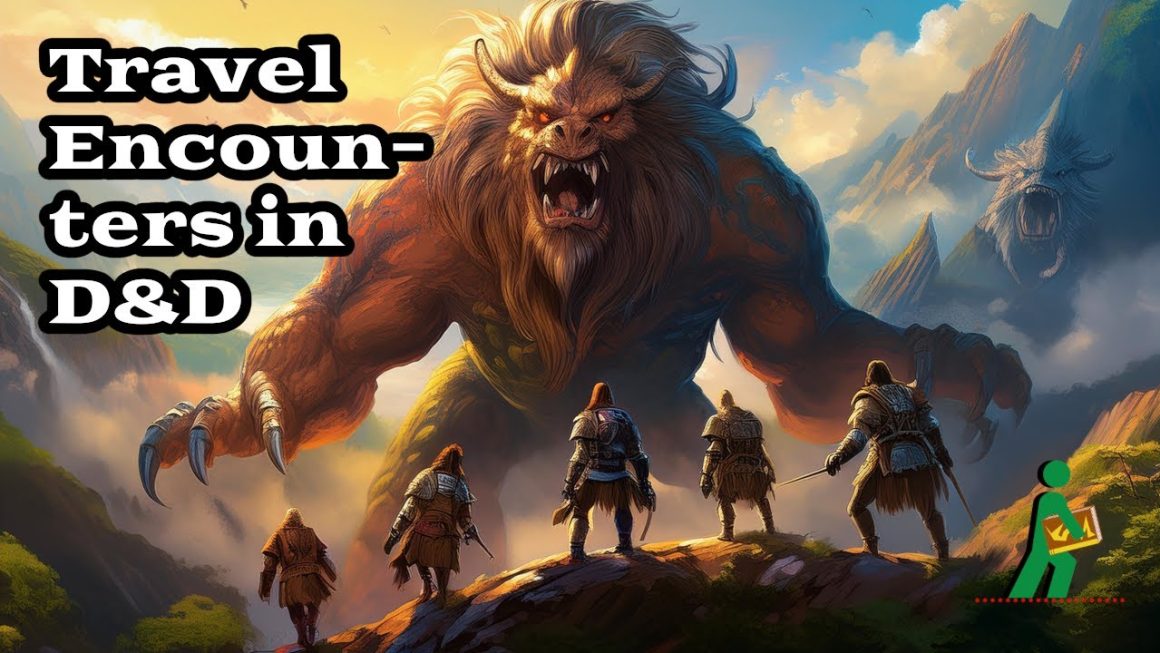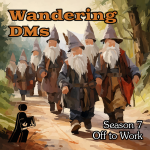
Travel Encounters in D&D | Wandering Why? | Wandering DMs S06 E31

Paul and Dan do a deep dive on the state of travel encounters in classic D&D and other games. Should they be based on random wandering tables, or fine-tuned by the DM for the given adventure session? Is the goal to simulate a living world, or to challenge the PCs at the table? Should the DM know in advance what will happen, or share in the surprise?
Travel in the Middle Ages offered hardships and challenges, though it was important to the economy and to society. The wholesale sector depended (for example) on merchants dealing with/through caravans or sea-voyagers, end-user retailing often demanded the services of many itinerant peddlers wandering from village to hamlet, gyrovagues (wandering monks) and wandering friars brought theology and pastoral support to neglected areas, traveling minstrels toured, and armies ranged far and wide in various crusades and in sundry other wars. Pilgrimages were common in both the European and Islamic world and involved streams of travelers both locally and internationally.
In the late 16th century, it became fashionable for young European aristocrats and wealthy upper-class men to travel to significant European cities as part of their education in the arts and literature. This was known as the Grand Tour, and included cities such as London, Paris, Venice, Florence, and Rome. However, the French Revolution brought with it the end of the Grand Tour.
This description uses material from the Wikipedia article “Travel“, which is released under the Creative Commons Attribution-Share-Alike License 3.0.

